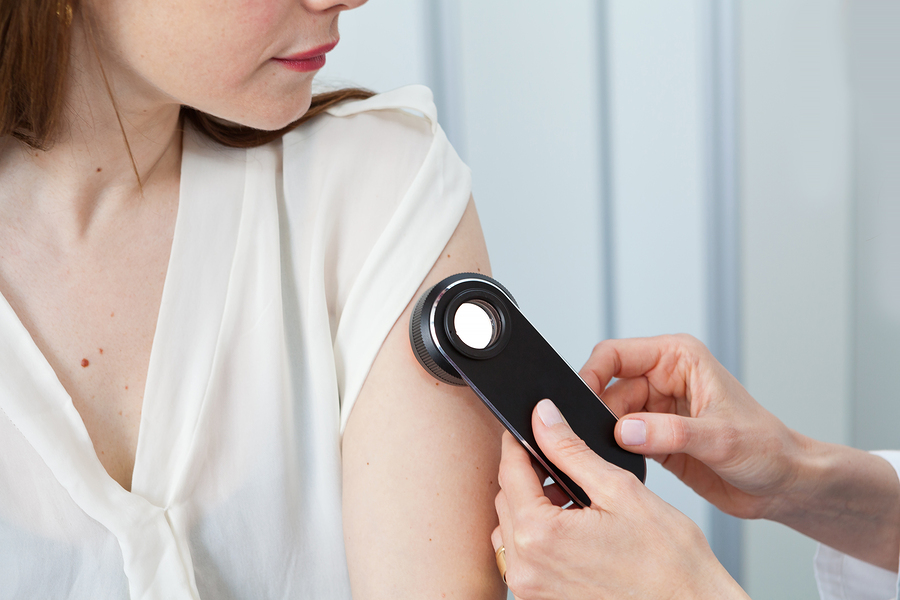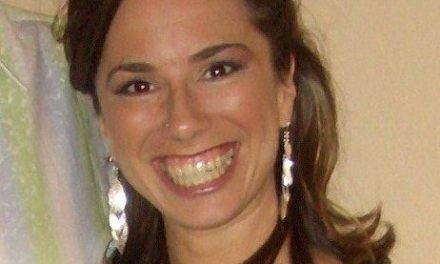If caught early enough, skin cancer isn’t particularly deadly. However, often times, the signs and symptoms of skin cancer go unnoticed until the condition is irreversible.
But, in a new paper published in the journal Nature, Stanford researchers were able to train a computer to identify images of skin cancer moles and lesions as accurately as a dermatologist. In fact, while doctors normally use a dermatoscope to examine the skin for cancer, the computer’s performance- even without this tool- equaled the accuracy of 21 dermatologists. This means that soon, a simple cell phone app could allow people perform a basic skin cancer screening on their smartphone.
Sebastian Thrun, senior author of the study, founder of research and development lab Google X, and an adjunct professor at Stanford University said that he and the team wanted to create this technology for those who might not have ready access to the same level of care “as can be found in the US and other industrialized nations.”
How it works
Thrun and his team started by coaching a computer to develop pattern recognition skills using an algorithm-based technique known as “deep learning.” This first part helped the computer “see” what the world looked like. For instance, a picture of a dog. Then a building. That way, down the line, the computer would understand and be able to differentiate between say a cat and a mole on someone’s skin. The phase took about a week and used about 1.28 million images.
Then, they moved on to transfer learning and assembled a database of 129,450 clinical images covering 2,000 different diseases. Roberto Novoa, a co-author of the study and a dermatologist at Stanford Medicine says that after that the computer was able to “diagnose multiple different kinds of skin cancer, not just melanoma, and we were able to do this with regular clinical images, rather than with specialized dermoscopic images.”
Obviously, the algorithm they created and taught the computer with, and the computer itself, needs to be refined and rigorously tested before it’s given to the world to use. Once it fails with a string of incorrect diagnoses, no one will use it again. But, there is so much potential here that it’s exciting.
Source: CNN, Tech Crunch and engadget












